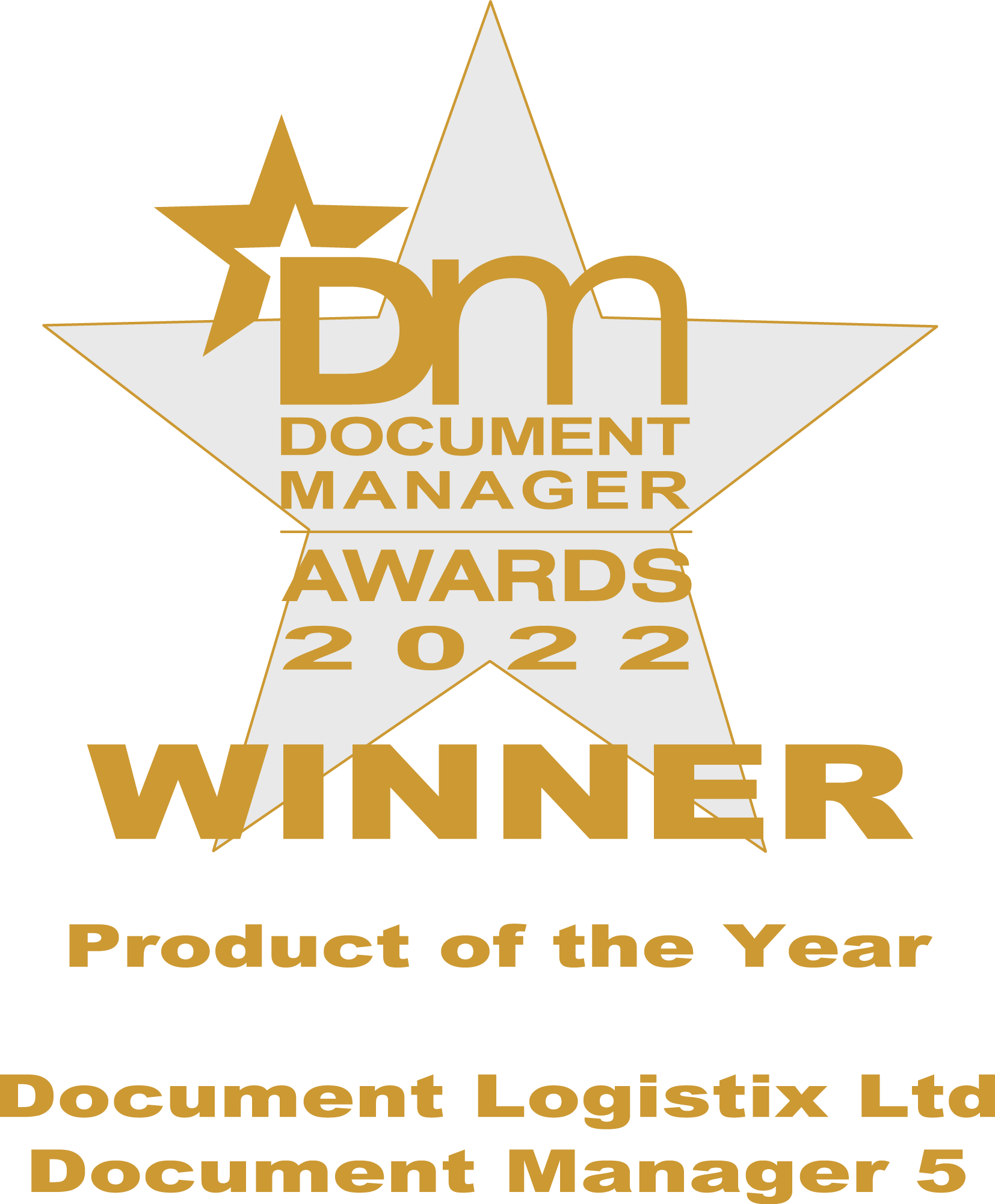In the early 2000s the company that I began my tech career with worked with a large financial organisation to automate their accounts payable process fully. The up-front capital expenditure alone was in the region of £100k, with ongoing monthly costs of more than four figures. The customer was informed on several occasions that there was no business case for the purchase, and that the ROI would take tens of years. My company was uncomfortable.
The customer informed us that the purchase was purely to add a level of accountability, process and compliance that none of his competitors had. The purchase had less to do with improving business process but was designed to provide him with a message to potential investors that none of his competitors could match. The customer’s wealth and spending power provided an advantage that was unaffordable to many.

Nowadays, such lavish purchases have thankfully become rare. A similar system would probably cost a fraction of historical figures and, ultimately, that company would find that competitors have comparable solutions in place. The number of processed documents and users required to generate a quick ROI are fewer today. Plus, solutions can be deployed to address an organisation’s specific processes and discrete requirements.
The simplicity of modern technology implementation, and technology’s fallings costs, are levelling the business playing field, which makes tech highly accessible and creates opportunities for small businesses and public sector bodies.
At Document Logistix, we help leaders working on digital transformation strategies, and we have learned that, whatever the industry sector, all projects involve some key questions:
With technology changing so quickly, it is almost impossible for business leaders to keep abreast of what is available to them, and what will best support their aims.
Technological change must be driven by a clear and shared message about what is being aimed at in the business.
Clear aims are important for commercial organisations, public sector bodies and NFPs. There is no difference between a school and a manufacturer when measures for cost-effectiveness and efficiency are applied.
At Document Logistix, we keep our messages about technology simple. Our solution has many elements that can successfully impact many aspects of a business. These simple messages help leaders to understand their key aims:
![]() Will it make the lives of my staff easier?
Will it make the lives of my staff easier?
![]() Will it reduce my costs?
Will it reduce my costs?
![]() Will it make my processes more efficient?
Will it make my processes more efficient?
![]() Will it reduce my carbon footprint?
Will it reduce my carbon footprint?
![]() Will it create value or profit?
Will it create value or profit?
At a recent Advanced Manufacturing Conference in Manchester, delegates heard from Richard Hagan, CEO of Crystal Doors, one of the UK’s most technologically integrated and efficient manufacturers. He has a business that leads the way in automation and efficiency, but he pointed out that it was critical to start by making very small and very achievable fixes to his processes.
Delegates were encouraged not to be overwhelmed by the challenge of technology implementation, but to see it as a real opportunity to use available technology to make sustained improvement to their businesses.
The Document Logistix solution is exactly this type of ‘fix’, which organisations have deployed to remove costly manual processes from their workflows.
Automating just one document process may be a very small part of an overall business operation, but it also offers a very manageable, measurable and cost-effective quick win!
As already stated, the cost of technology has come down significantly over the years. Cloud-based storage has removed the need for on-premise servers; hardware is so much cheaper than its low-specked, less powerful predecessors; and, generally, staff adapt quicker as they are more used to using technology in their daily lives.
All that said, it still has to be paid for.
At the recent Digital Government conference in London, it was interesting to learn how public sector customers are able to invest in technology so long as it fits a rigorous ‘spend to save’ agenda.
Technology should always be measured by ‘how much it saves’, not by ‘how much it costs’.
More than 25 years in digital document management has informed Document Logistix approach, which maximises potential savings and shortens the ROI cycle. Our ROI calculator measures benefit in terms of time saved and our licensing model uses a combination of named and concurrent users to ensure the most cost-effective model.
Document Logistix flexible approach to cost models, with a laser focus on ROI, allows our SME customers to enjoy benefits that were previously only available to companies with much bigger turnovers and much deeper pockets.


e: support@document-logistix.com
t: UK & Europe 01908 366 722
t: USA +1 (866)865-2476